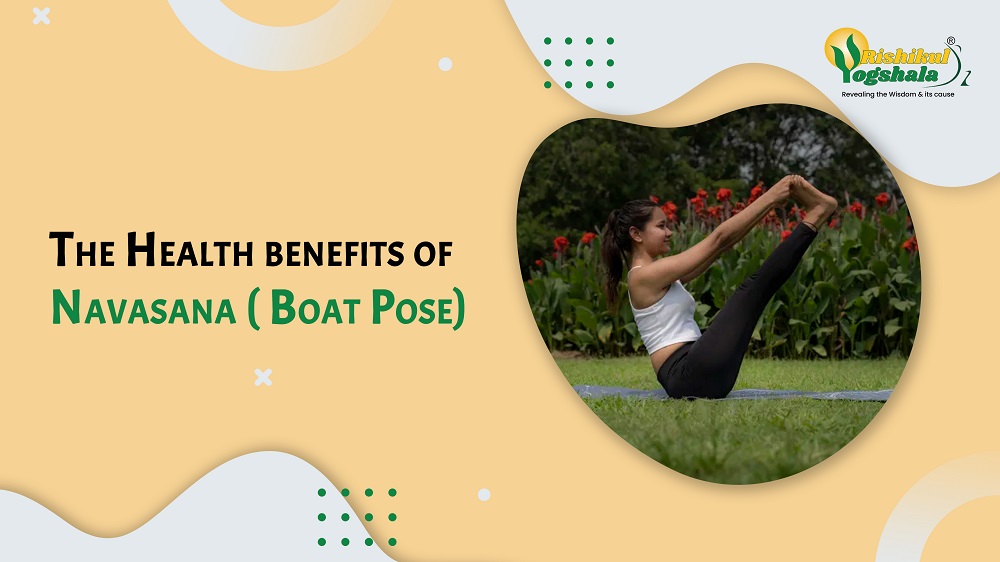7 Incredible Health Benefits of Half Pigeon Pose Yoga (Ardha Kapotasana)
- Blog
- /
- Health Benefits of Yoga
- /
- 7 Incredible Health Benefits...

Ardha Kapotasana: A Comprehensive Guide to the Half Pigeon Pose
Derived from the Sanskrit words Ardha (Half), Kapota (Pigeon), and Asana (Posture), Ardha Kapotasana is inspired by the revered yogic master Kapota. This pose improves flexibility in the back and hips, providing a myriad of benefits.
The Posture
Ardha Kapotasana is an easy to intermediate-level pose that involves stretching the chest upwards, resembling a pigeon puffing up its chest. The sequence engages muscles in the lower back, chest, hips, knees, pelvis, psoas, and quadriceps. It is commonly practiced in the Iyengar Yoga Sequence. This pose is easy to perform and offers significant health advancements. Here, we outline seven incredible benefits of Ardha Kapotasana, along with the steps to practice it.

7 Incredible Benefits of Half Pigeon Pose (Ardha Kapotasana Benefits)
Pigeon pose benefits include improved hip flexibility, relief from lower back pain, improved posture, and reduced stress through deep stretching and relaxation. Below are a few more key advantages:
- Stimulates the Nervous System: Performing this pose involves a backward movement of the spine, creating a slight bend from the base to the neck and head. This improves the pranic flow, releases blockages, and stimulates the nervous system. It helps alleviate back stiffness and lower back pain.
- Improves Circulation in the Reproductive System: The pose stimulates abdominal organs and improves pranic flow in the spine, leading to improved blood circulation in the reproductive system. This can boost fertility, aid conception, and ease menstrual discomfort.
- provides Deep Stretch to the Lower Body: By stretching the leg behind you while balancing on the other hip, the pose exerts pressure and tightens the muscles, offering a deep stretch to the lower body, particularly the hips and groin.
- A Great Chest Opener: Ardha Kapotasana acts as a great chest opener, improving breathing by gently stretching and lifting the chest. This improves breathing at the upper diaphragm and opens the chest muscles.
- Improves Flexibility and Organ Functioning: The gentle backbend during the pose gradually improves spinal flexibility and overall balance. It also improves leg flexibility and organ functioning.
- Activates the Endocrine System: The deep stretch in this pose stimulates the endocrine system, including the pituitary, adrenal, pineal, pancreas, and thyroid glands. This activation impacts mood control, growth, development, and hormone regulation.
- Benefits the Piriformis Muscle: The pose is highly beneficial for the Piriformis Muscle, located beneath the gluteal muscles. The slow stretching of this muscle improves hip flexibility.
How to Practice Ardha Kapotasana
- Sit on the mat in a kneeling position or Vajrasana.
- Bend forward, placing your hands on the mat, with your palms touching the ground. Ensure the hands are about shoulder-width apart.
- Raise yourself in a way similar to Marjariasana (Cat Pose).
- Spread your knees apart, maintaining a shoulder-width gap.
- Move the right foot forward and bend it slightly sideways towards the right, positioning it near the pelvic region.
- Stretch the left leg backward and straighten the knee.
- Place your hands on the mat next to the hips. Raise your head and chest.
- Gaze forward, breathe slowly and deeply, and hold the pose for 30-60 seconds.
- Release the pose and repeat the same steps on the other side.
Precautions to Take:
- Avoid this pose if you have knee or hip injuries. Practice under expert guidance and go slowly.
- Use a cushion for added comfort.
- Refrain from practicing if you have had recent hip surgery or muscle strain in the area.
Conclusion
Ardha Kapotasana, or Half Pigeon Asana, is a versatile asana offering numerous health benefits, from improved flexibility and organ functioning to improved nervous system stimulation. Whether a beginner or an advanced practitioner, this pose can be a valuable addition to your yoga routine. To explore more about yoga and its benefits, consider joining a 200 hours Yoga Teacher Training In India or 300 Hour Yoga Teacher Training In India. Additionally, indulge in rejuvenating practices by participating in an Ayurveda Retreat In India or a Yoga Retreat in India.








